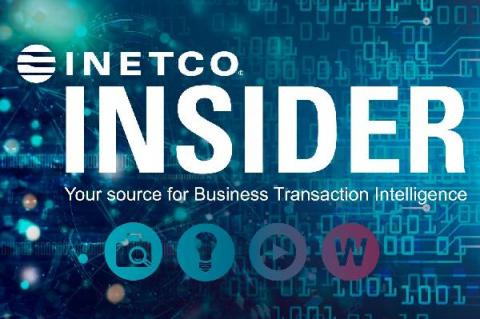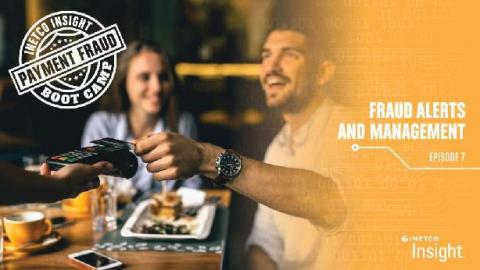Why False Declines Cost You More Than Fraud and What to Do About It
Do you remember a time when you were amped up to buy that new pair of shoes, or any special item online – only to have your credit card or other payment information (which you know is real), declined? All of that time spent browsing, selecting, getting off of your couch to find your credit card, entering payment information wasted? You are not alone!




